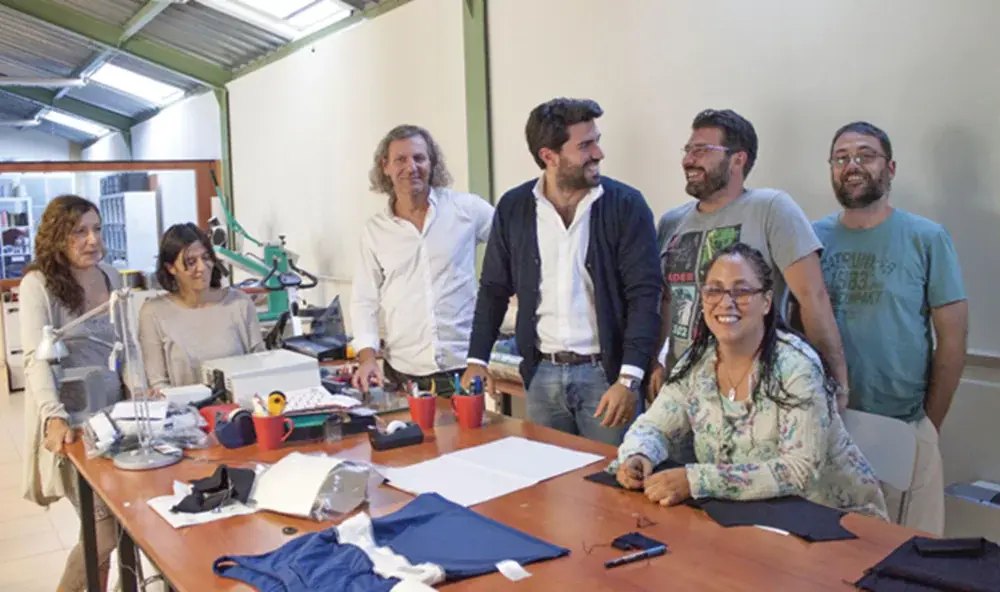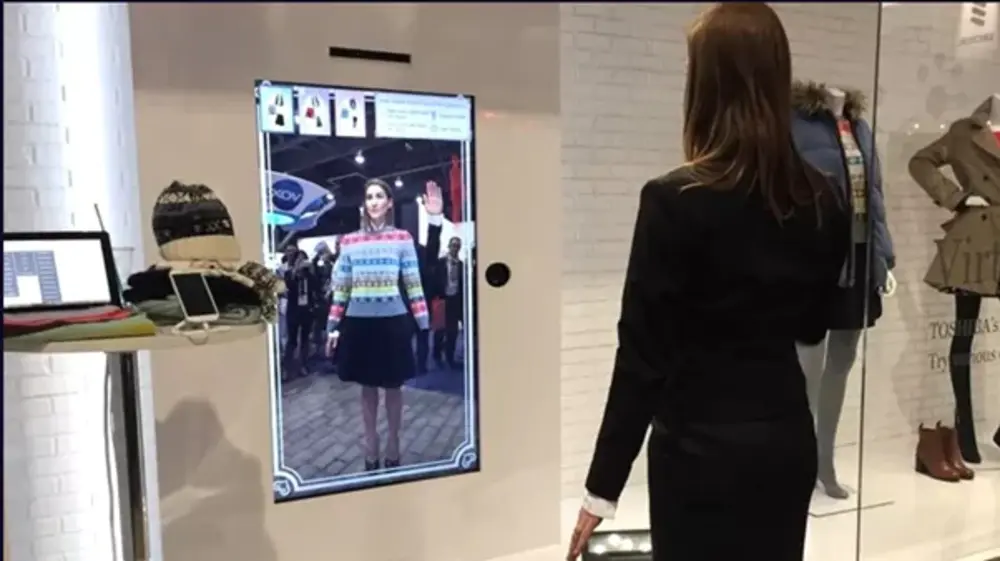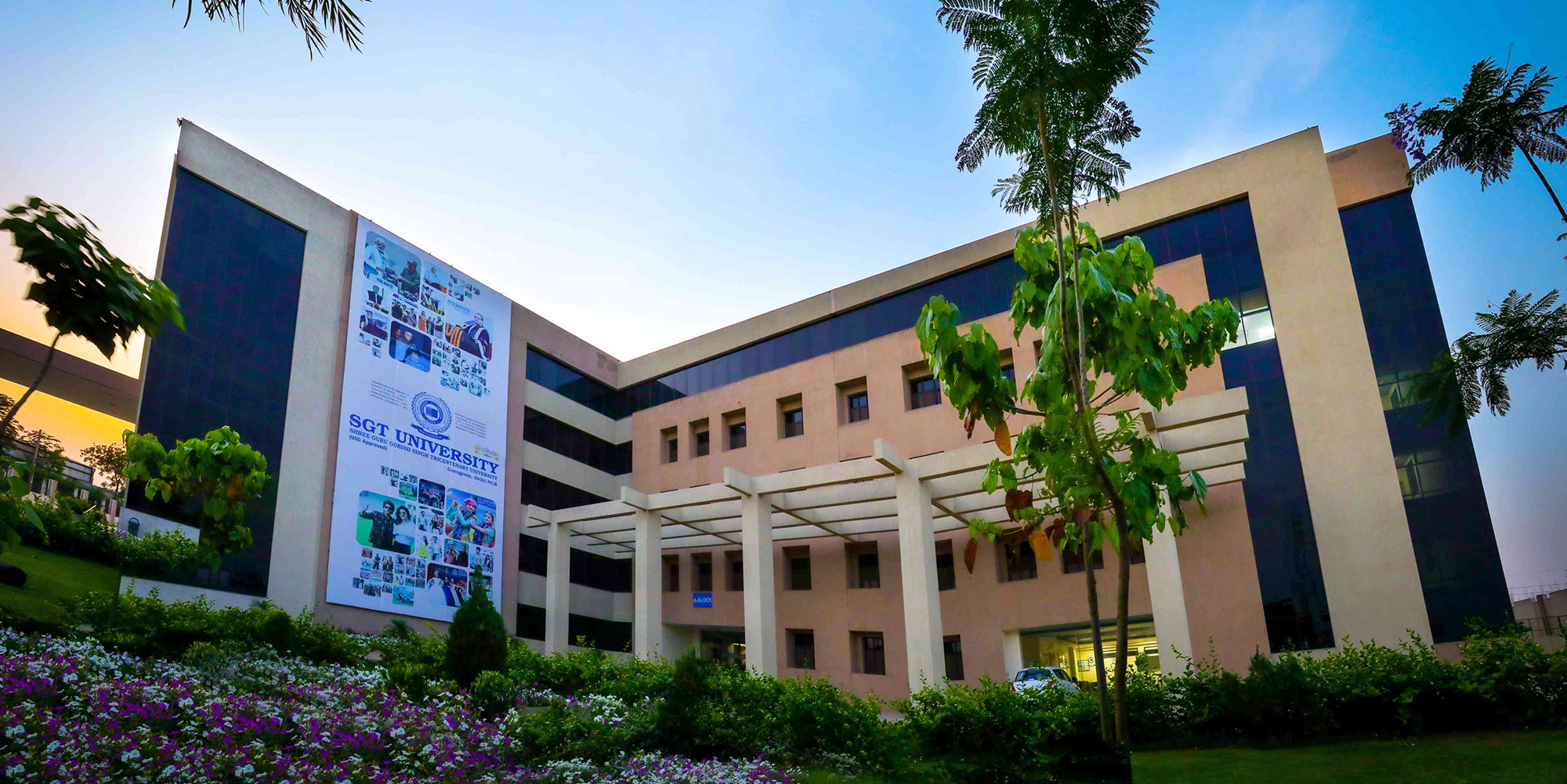Fashion Revolutionizing Wardrobes in 2024
Updated on: 14 August 2024

Fashion in 2024 is transforming wardrobes with sustainability, technology, and inclusivity. Brands are prioritizing eco-friendly materials, circular fashion, and low-waste production. Technology enhances clothing with smart textiles, wearable tech, and virtual try-ons. Inclusivity shines through adaptive clothing, size diversity, and gender-fluid designs. Personalization is on the rise with 3D printing and customizable features. Traditional craftsmanship is celebrated through handcrafted details and collaborations with local artisans. Digital fashion and the metaverse introduce virtual garments and fashion shows.
These trends collectively redefine fashion, making it more innovative, responsible, and inclusive, reflecting modern consumers' evolving demands and values. In this blog we look at five cutting-edge examples of fashion trends that are revolutionizing the wardrobes:
- Smart Textiles: The Future of Fabric
Smart textiles, also known as e-textiles, are fabrics integrated with digital components like sensors, batteries, and microcontrollers. These textiles can perform a variety of functions, from monitoring health metrics to changing colours based on environmental factors.
Example: The brand SmarTex is leading the way with its innovative health-monitoring garments. Their smart shirts, equipped with embedded sensors, can track vital signs such as heart rate, respiration, and body temperature. These garments are perfect for fitness enthusiasts and individuals with health concerns, providing real-time data through a connected app.
- Adaptive Clothing: Fashion Tailored for Individual Needs
Adaptive clothing refers to garments designed specifically to meet the needs of individuals with physical disabilities, limited mobility, or other challenges that make traditional clothing difficult to wear. These garments incorporate specialized features that make dressing easier, more comfortable, and more independent.
Example: Tommy Hilfiger launched a line specifically designed for people with disabilities. The Tommy Hilfiger Adaptive collection features modified closures like magnetic buttons, Velcro fastenings, and adjustable hems, making it easier for individuals with limited mobility to dress independently while maintaining a stylish look.
- Temperature-Regulating Fabrics: Stay Comfortable Year-Round
Temperature-regulating fabrics use advanced materials to help maintain a comfortable body temperature, adapting to both hot and cold conditions. These fabrics are ideal for India’s varied climate, providing year-round comfort.
Example: Cool Comfort by HIGH IQ® is a textile finishing technology designed to enhance the comfort of fabrics by providing moisture management and temperature regulation. This technology works by increasing the fabric's ability to wick moisture away from the skin and enhance breathability, keeping the wearer cool and dry. Cool Comfort is often used in activewear, outdoor clothing, and other garments where maintaining a comfortable body temperature and managing sweat is important. The key benefits include improved comfort, better performance in varying temperatures, and a more pleasant wearing experience, particularly during physical activities.
- Augmented Reality (AR) Fashion: Try Before You Buy
Augmented reality is transforming the shopping experience by allowing consumers to virtually try on clothes before making a purchase. This technology is especially beneficial for online shopping, reducing the need for returns and enhancing customer satisfaction.
Example: The AR-powered virtual tailoring feature is used by brands Hugo Boss and Superdry. Based on various researches, it helped to tailor the items to practically anybody’s measurements. Also, Nike managed to combine the tailoring and trying-on features. The brand allows visitors of the app to measure their feet to find the correct shoe size and then virtually try it on to see how it looks.
- Sustainable Fashion: A Shift in Mindset
Sustainable fashion is revolutionizing the apparel industry by prioritizing eco-friendly materials, ethical production practices, and reducing environmental impact. Brands are increasingly using organic and recycled fabrics, promoting circular fashion through recycling and upcycling, and adopting low-waste production methods. This shift addresses consumer demand for environmentally responsible clothing and is driving significant changes in how garments are designed, manufactured, and marketed, making sustainability a key focus in the fashion world.
Example: Patagonia is renowned for its commitment to environmental responsibility, using recycled materials, promoting fair labor practices, and encouraging consumers to repair and recycle their garments. The brand's initiatives, such as the Worn Wear program, which promotes the repair and reuse of clothing, have set a high standard for sustainability in the fashion industry.






